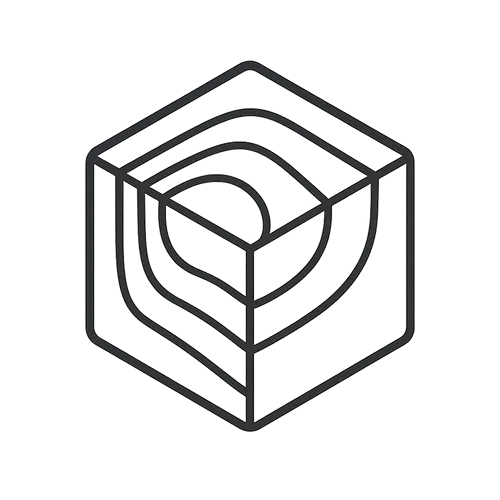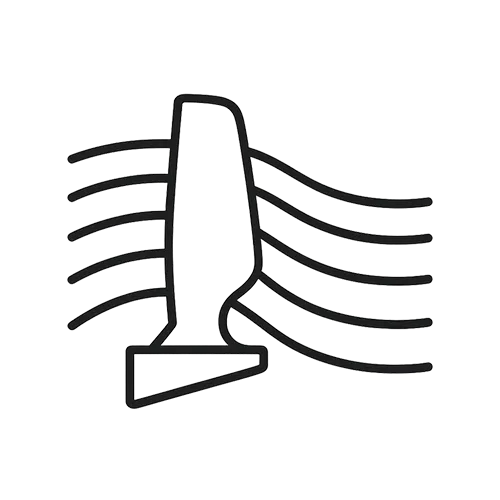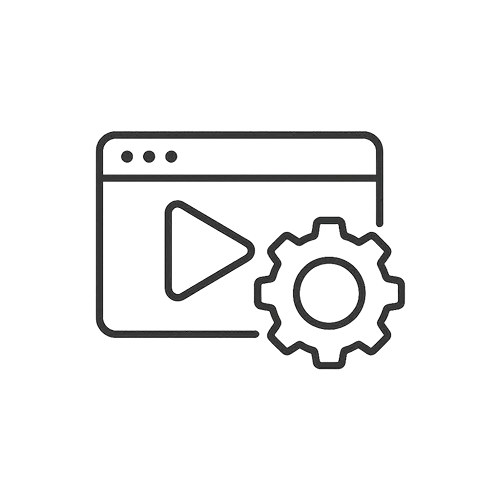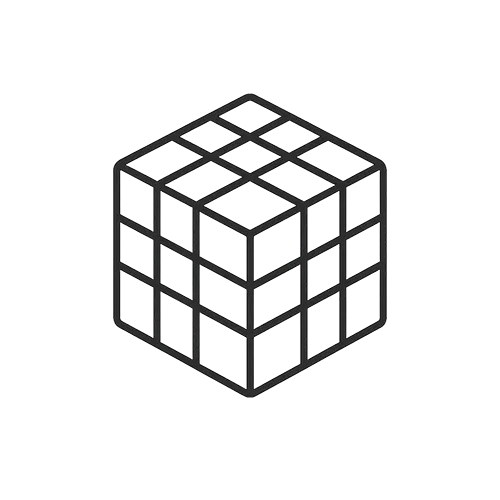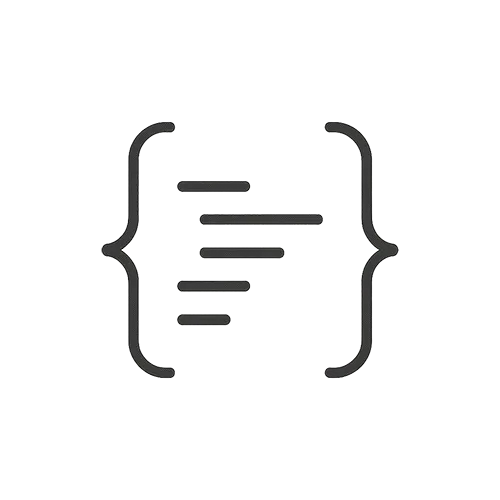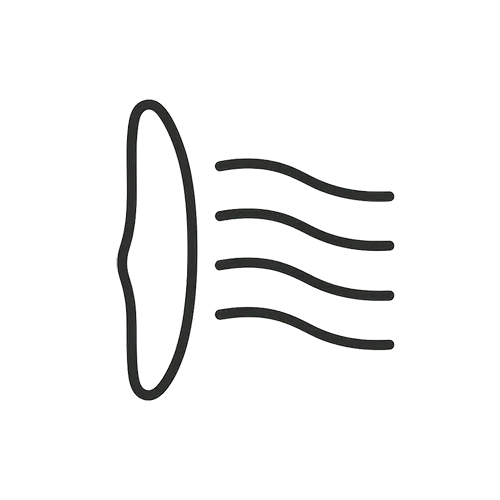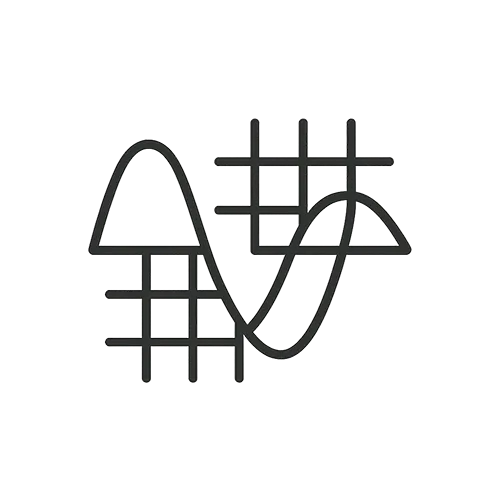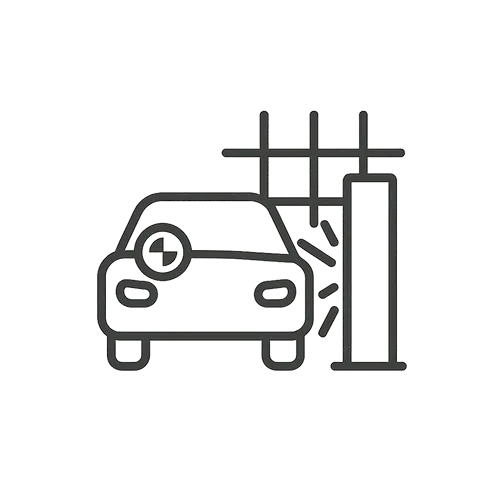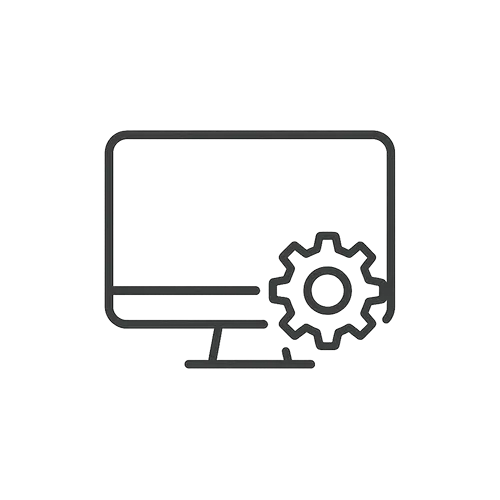Abaqus/Standard uses an implicit time integration scheme that requires iterative equilibrium iterations (e.g. Newton-Raphson) at each step and is unconditionally stable for small time steps. It is best suited for static, quasi-static, or slowly changing problems where accuracy per step is critical (e.g. stress analysis with complex material behavior). Abaqus/Explicit, by contrast, uses explicit time integration with no equilibrium iterations each step – it advances the solution in many small increments and is conditionally stable (the time step must be below a critical limit). This makes Explicit well-suited for high-speed dynamics, impact, and highly nonlinear events (like crash simulations or forming processes) where many tiny increments can capture fast transient effects. In summary, use Abaqus/Standard for slower, potentially equilibrium-driven simulations requiring fewer, larger steps (but needing convergence checks), and use Abaqus/Explicit for very fast or highly nonlinear simulations (severe contact, large deformations) at the cost of requiring extremely small time steps for stability. Both solvers can tackle nonlinearity, but Standard may struggle with complex contact without additional controls, whereas Explicit naturally handles contact by virtue of the small time increments (though it may require mass-scaling or damping for efficiency).
What are the primary differences between Abaqus/Standard (implicit) and Abaqus/Explicit solvers?
0
Engineering Downloads
0 Subscribers
Submit Answer
0 Answers
